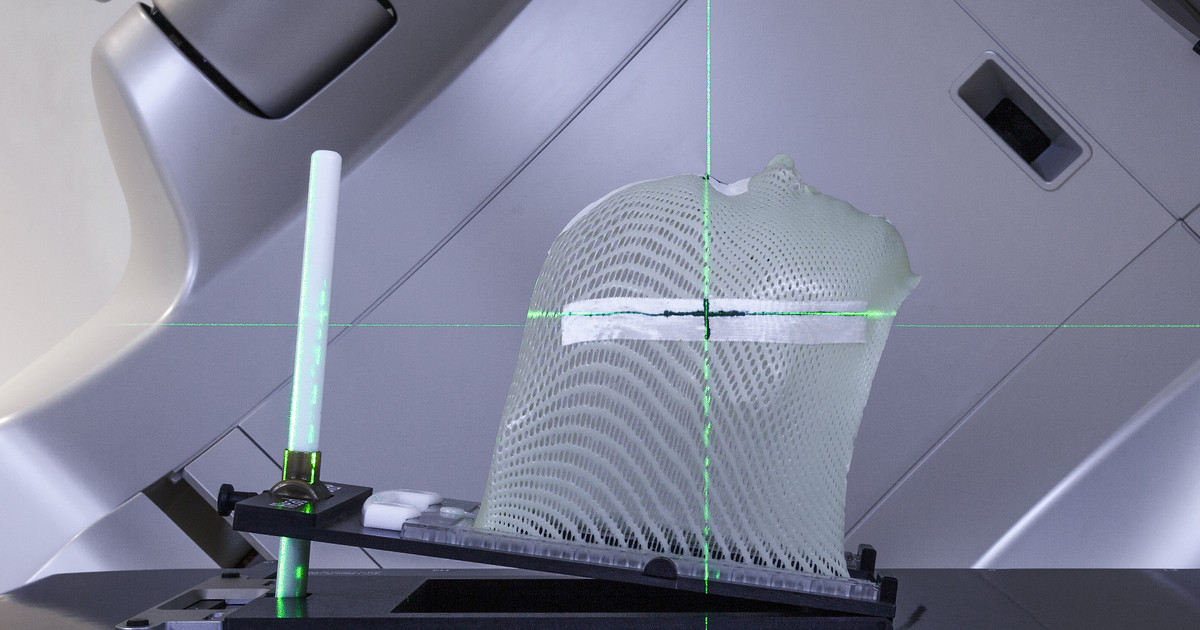Excellent Treatment Options For Brain Tumors
Brain tumors can be cancerous or benign. They can be primary, meaning they originated in the brain, or metastatic, meaning cancer elsewhere in the body caused the tumor to grow. As of 2018, doctors and scientists have documented over 150 brain tumor types. The most common are gliomas, which are responsible for approximately seventy-eight percent of adult cancerous brain tumors. No matter the tumor type, there are treatment options patients and their doctors can explore. Knowing more about these helps ensure patients are informed about the treatments doctors recommend to them.
Surgery

Surgery may be considered to debulk a tumor or remove it completely. Traditionally, surgeons will perform a craniotomy, which involves opening the skull, to access the part of the brain where the tumor is present. Another option is a stereostatic biopsy, which is a smaller surgical procedure involving drilling a hole into the skull that allows the surgeon to take some tissue for the tumor.
This can be done to obtain more information about the tumor. The patient may be awake during the procedures depending on the tumor size and its location, which is important because it allows surgical staff to test the patient’s speech, reflexes, and other abilities to make sure parts of the brain are not being affected by the tumor removal.
Radiation Therapy

Radiation therapy, which involves using photons or X-rays to kill tumor cells, is commonly considered for brain tumors. The radiation is typically focused on the area of the brain where the tumor resides. Doctors might recommend external beam radiation for a focused treatment approach, though another option is whole-brain radiation.
This is most often used for brain tumors that occur as a result of cancer elsewhere in the body. For this type, the entire brain receives radiation. Proton beam radiation is a relatively new technique being studied for brain tumors, and it might be beneficial for tumors located in sensitive brain areas. The hope is it will kill the cancer cells without causing the patient to experience harsh side effects.
